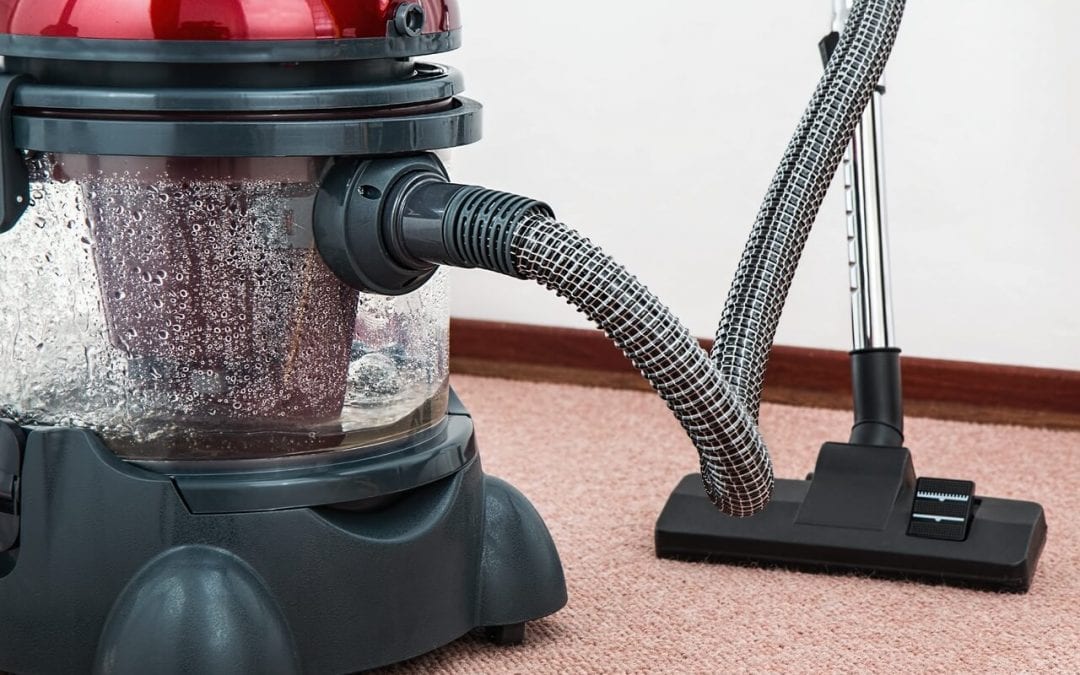Water Damage? 6 Tips to Control Mold Growth In Your Home
If you’ve got any water coming into your home due to a broken pipe or flooding, mold growth is a major concern. It only takes a little bit of moisture for mold to grow and cause an enormous amount of damage to your house. All that’s needed is water and a lack of light. You may not even know that mold is present, which is why having a professional mold inspection is always a good idea.
Porous materials, like your carpet or rugs, are particularly susceptible to mold growth. If you have a moisture or water problem, you’ll want to start the cleanup process as quickly as you can so you don’t end up with significant mold growth. Cleaning up the water is a job you can tackle yourself; it’s just going to take a fair amount of work to make sure you get rid of it.
Dry the Area Right Away
Use a wet/dry vacuum cleaner to suck up as much water as you can. This piece of equipment is going to be the best way to get rid of excess water. You can likely find a place to rent one if you don’t have one of your own.
Put High-Speed Fans to Use
Using fans can help speed up the process of drying the wet area, but it’s still going to take a few days or more, depending on the amount of water that collected in your home. Even when you believe that the area is dry, it likely isn’t – let your fans run all day and night for another week at the least once your carpet feels dry to the touch. The fans do double-duty, as they’ll also keep the air circulating.
Use a Dehumidifier to Help You Dry the Room
Dehumidifiers help to eliminate excess moisture. This will dry out the air and the floor. It will also make the air seem more cool, which will inhibit the growth of mold.
Bring Out a Steam Cleaner
You’ll want to steam clean all carpeted areas. If your carpet or rug pads are damaged by water, you’ll need to replace them—while this is an expense, it’s not nearly as costly as replacing all rugs and carpets throughout your home.
Sanitize Everything That Was Soaked in Storm Water
Put on your rubber gloves and begin by cleaning your walls, floors without carpet, and other surfaces with a mixture of soap and water. The next step is to sanitize your surfaces using a solution of one and a half cups of bleach for each gallon of water.
Examine Furniture for Water Damage
If you see any water damage, move furniture off of the wet or damp floors. It’s easy for water damage to be concealed below carpets or rugs, so be sure to inspect these areas. You may need a professional home inspection in order to be certain that your home is free from mold and structurally sound. If you’re in Oakland, Wayne or Livingston counties in southeast Michigan, please contact American Home Inspection Services today for your inspection needs!
For more information on the dangers of mold in your home, check out the Centers for Disease Control and Prevention website.

